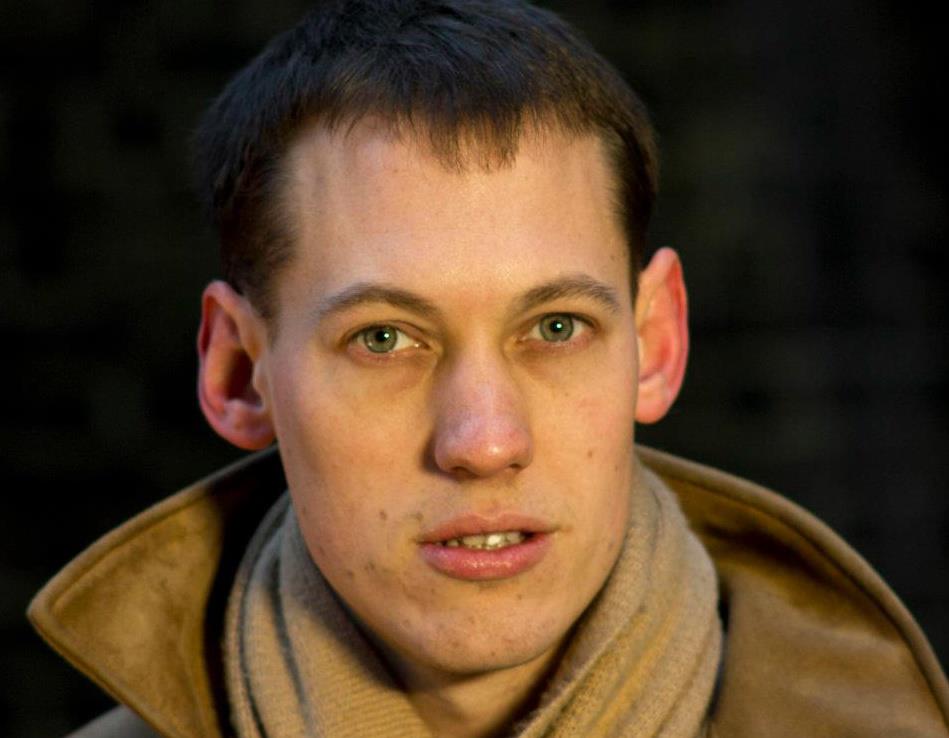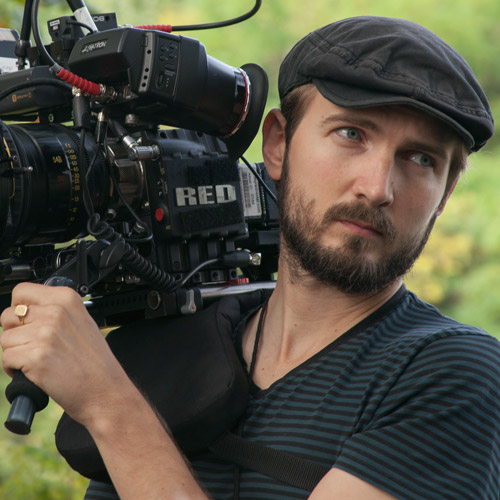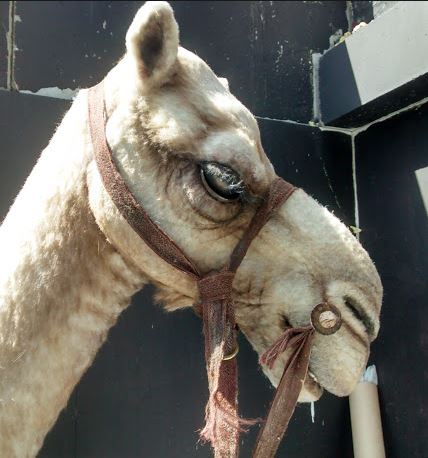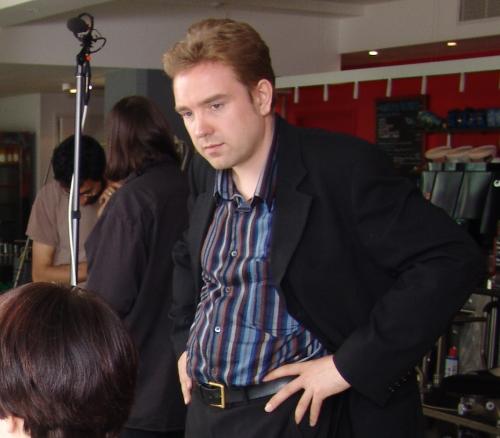ASK & DISCUSS
INDEX(true) 24p vs 23.976p for shorts on 5D MKIII shootng raw
12 years ago - Alwyne Kennedy
I'm about to make a short film, using a 5D MKIII shooting raw. Now, when 24p is selected in the Canon menu, set to either PAL or NTSC, the true frame rate is actually 23.976 ( an NTSC related frame rate, of course), as revealed when I investigate clip properties after importing into Premiere.
Shooting in data-heavy raw mode, I would rather not shoot at the (UK) natural alternative of 25p as that would mean even more data per second is shunted to the already-struggling buffer and CF card, increasing the risk of compromised footage.
As I am shooting raw, it of course means that I have Magic Lantern installed, with which I could override the innate Canon "24p" frame rate to get true and exact 24p. That is, 24.000p rather than Canon's version of 24p, which is 23.976p.
So, my question is: for potential (UK) festival release, etc., which is best: 23.976 frames per second or 24.000 frames per second? Or are they both acceptable for the various outlets for short films? And if shot in 23.976, would it likely be slightly speeded up for showing, or if shot in true 24p, would it likely be slightly slowed down?
Yes, I do know that true 24p is a film-camera-related speed. I just want to know if it's acceptable in other areas, too.
Only members can post or respond to topics. LOGIN
Not a member of SP? JOIN or FIND OUT MORE
12 years ago - Kays Alatrakchi
I really don't think it's an issue, but 23.976 is the standard shooting frame rate for just about every "24p" project nowadays while true 24 is more unusual (and usually reserved for projects shot on actual film). So if you're looking for the "safest" format to present in, 23.976 is it as you can rest assured that just about every other project at the festival will be shown at that rate (at least in the USA).
12 years ago - ivan wood
It depends on the power source you have. If you are shooting in the UK, shot 25p no questions asked. If your in the US or NTSC areas shoot 24p. Also, it is a lot easier (looks better) to down convert from 25 to 24 then going the other way around, by adding a frame. So shoot 25p.
12 years ago - Alwyne Kennedy
Sorry, I meant Komputerbay (64GB 1000x) cards, not Kompubay.
I suspect that many of the problems people report with these cards arises from not formatting to exFat before shooting.
12 years ago - Markus A Ljungberg, FSF
Distribution aside maybe should ask yourself where you want the audience to have the "true" experience of the film. If you shoot in 25 and down convert to 24, then everyone watching the 24 version will have a slightly higher pitch of the sound. Up converting 24 to 25 would involve more quality loss. Traditionally cinema was always 24, but I'm assuming that digital cinema can handle any of the framerates mentioned, can anyone confirm that?
And sorry to go off topic, but perhaps readers are interested to know about this. I bought 5x 64gb Komputerbay 1000x cards and I had problems with two of them. One of them was dead on arrival and another stopped working after a while. And they were all exFAT formatted. FAT32 can only handle 4gb files size and splits anything larger than that into multiple files.
12 years ago - Perry Mitchell
I know this was not the question - but broadening the answer to all all areas may be of interest. There are only three real problems that could arise from making a programme at the 'wrong' frame rate that I am aware of:
1) The playback device may be incompatible with the chosen rate. This is becoming less of a problem but is the most serious area of concern.
2) The program length will be wrong if played at the 'other' speed. The difference is less than 4 second per hour so is unlikely to be of concern.
3) The 'action' will be wrong. The video difference will be completely imperceptible to anybody. The audio pitch change (if not corrected) will also be probably imperceptible to even those with so called 'perfect pitch'.
Note this relates to 24 vs 23.976 fps. 25 vs 23.976 fps is a completely different can of worms!
FWIW
12 years ago - Paddy Robinson-Griffin
Frankly the step up or down is small enough to do the conversion, slow or re sync the audio occasionally, pretend it never happened. On a short you're unlikely to notice at all TBH as we'll be talking about a few frames overall.
As for festivals, each will have their own criteria, so maybe find which festis you want to enter first and decide from there. Most festivals are for fun and glamour, not sales, so it may not matter anyway.
12 years ago - Adriano Cirulli
What's your master output going to be? For DCP (and film prints) it's best to shoot at 24fps. 23.976 is a good option for Blu-ray, 25fps for DVDs and tapes (in Europe). You are most likely going to need versions of your film at all those frame rates if you are serious about festival submission.
12 years ago - Markus A Ljungberg, FSF
I ran into this problem on a feature I just wrapped. Was using a Sony F55 running at 24fps as main camera, and occasionally chucked in 5D's shooting RAW as B-cameras at 23.976p. Not best practice to mix, but for the odd quick shot here and there it's fine. Haven't done that much shooting with frame rate override but it's supposed to be stable, would be interesting to hear if you learn anything more from your shoot.
12 years ago - Alwyne Kennedy
I did full 24.000fps stability tests shooting raw on the 5D MKIII before posting my question. I used Kompubay 1000x card. I bought ten, and all were stable even with the frame rate upped that tiny fraction to get true 24fps. HOWEVER, I discovered that stability only came by formatting the cards to exFAT before shooting. This has to be done on a computer, as the camera formats cards to FAT32 - a slower system, it seems. So, when shooting raw on the 5D MKIII, do NOT format your cards in the camera.
I haven't tested to see if 25fps is stable. Maybe I'll have a go over the weekend.
But all this has nothing to do with my question, which was really: should I shoot 23.976 or 24.000fps for best acceptability when showing the film in the various likely outlets? Perhaps I should have asked: has anyone experienced rejection with films shot at either of those frame rates?
I note that Virgin states 24 is acceptable (I think it was them)... but do they mean 24.000 or 23.976? I suspect the latter, as there seems to be a lot of "rounding-up" going on out there when stating frame rates. I mean, even Canon do it in the 5D MKIII menu.
12 years ago - Guy Ducker
Paddy's right, the drift is minimal (I once worked it out to be about 1 frame per minute) but I think shooting sound and picture at exactly the same speed is generally better practice. In terms of getting true 24fps, this link might help you:
http://www.magiclantern.fm/forum/index.php?topic=5291.0
Regarding how much it really matters... it rather depends on what format the festival is likely to show the eventual film. If DVD or any PAL tape format, you'll have to respeed to 25fps: often the case, but can be a faff. If however they're showing from data files, it really shouldn't matter - computers can play any frame rate.






